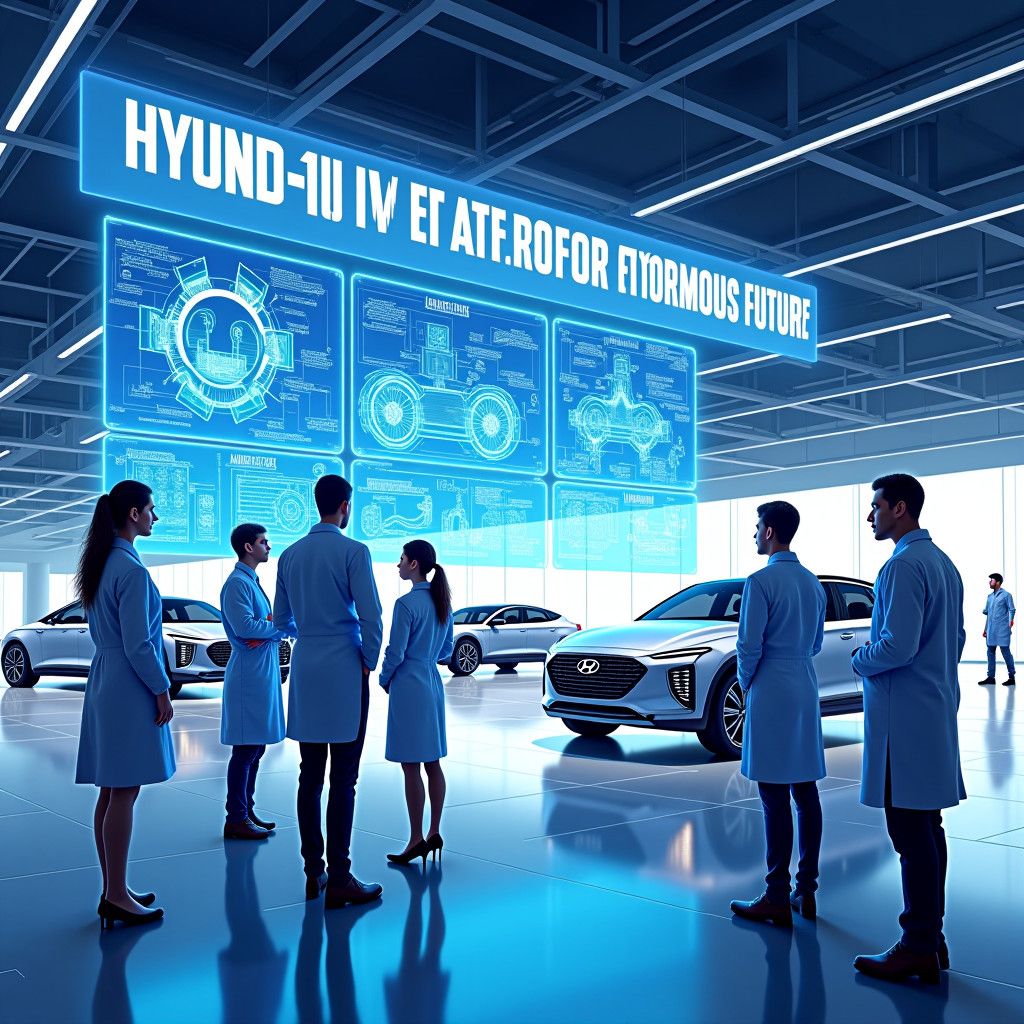Hyundai is making significant changes in its approach to chip production for autonomous vehicles. This shift comes as the company reassesses how to better align its semiconductor capabilities with its long-term ambitions in the realm of self-driving technology. The recent announcement about the dissolution of the Semiconductor Strategy Office highlights these changes, indicating a pivot from in-house chip production towards partnerships with external suppliers.
The rapid evolution of the automotive industry’s technology landscape has placed increasing pressure on manufacturers to optimize their semiconductor strategies. Hyundai’s decision stems from recognizing the need for agility in its production processes, especially as autonomous vehicle technologies become more complex and require more specialized chips.
In recent years, automakers have faced supply chain disruptions, particularly with semiconductor shortages that have hindered production capabilities. Analysts suggest this turmoil has encouraged companies like Hyundai to reconsider their manufacturing strategies. Instead of pursuing an independent semiconductor fabrication route, Hyundai is now looking to bolster alliances with established chip manufacturers. This not only allows for quicker access to advanced technologies but also reduce the burdens associated with high capital expenditures in semiconductor manufacturing.
For instance, Hyundai can leverage collaborations with firms like NVIDIA, known for its cutting-edge GPUs, which play a crucial role in powering advanced driver-assistance systems (ADAS) and fully autonomous driving capabilities. By integrating NVIDIA’s technology, Hyundai can enhance its models’ performance and safety features and expedite its development processes.
Additionally, the automotive industry has seen various OEMs (original equipment manufacturers) collaborating with semiconductor firms to mitigate risks and ensure a steady supply of chips. For example, Volkswagen has partnered with the chip designer STMicroelectronics to develop special chips for its electric and autonomous vehicles. Such partnerships present a model for Hyundai to follow, as they share risks while tapping into specialized expertise.
The shift in Hyundai’s semiconductor strategy aligns with broader trends in the automotive sector, where electric and autonomous vehicles are becoming increasingly intertwined. The focus on software-defined vehicles means that businesses must prioritize their investments in semiconductors that can support advanced computing and connectivity requirements. As autonomous technology becomes more reliant on real-time data processing, the demand for sophisticated chips has surged.
Moreover, consumer expectations are driving these transformations. Modern drivers seek enhanced user experiences and performance, demanding better integration of artificial intelligence and machine learning technologies in vehicles. This demand requires robust partnerships with semiconductor suppliers who can keep pace with rapidly evolving customer preferences and technological advancements.
Hyundai’s renewed focus on external partnerships also reflects a desire to streamline operations. Producing chips in-house can lead to lengthy development times and potential bottlenecks if technology evolves faster than production capabilities. By leveraging third-party manufacturers, Hyundai can spend its resources on design and software, areas that are increasingly pivotal in the age of autonomous vehicles.
In conclusion, Hyundai’s realignment of its semiconductor strategy comes at a crucial time in the automotive industry, where collaboration and specialization are key to success. This approach not only promises to mitigate risks associated with semiconductor shortages but also positions Hyundai to capitalize on emerging technologies that will define the future of transportation. Given the complex demands of autonomous vehicles, partnerships with established chip manufacturers may well provide the competitive edge necessary for Hyundai to thrive in this dynamic marketplace.
